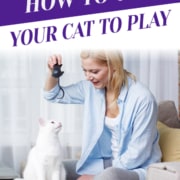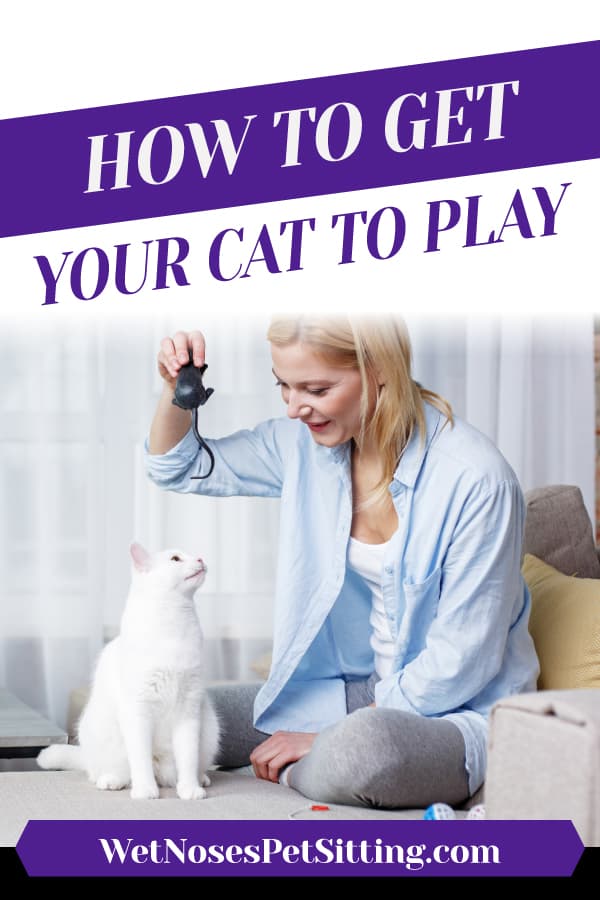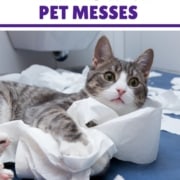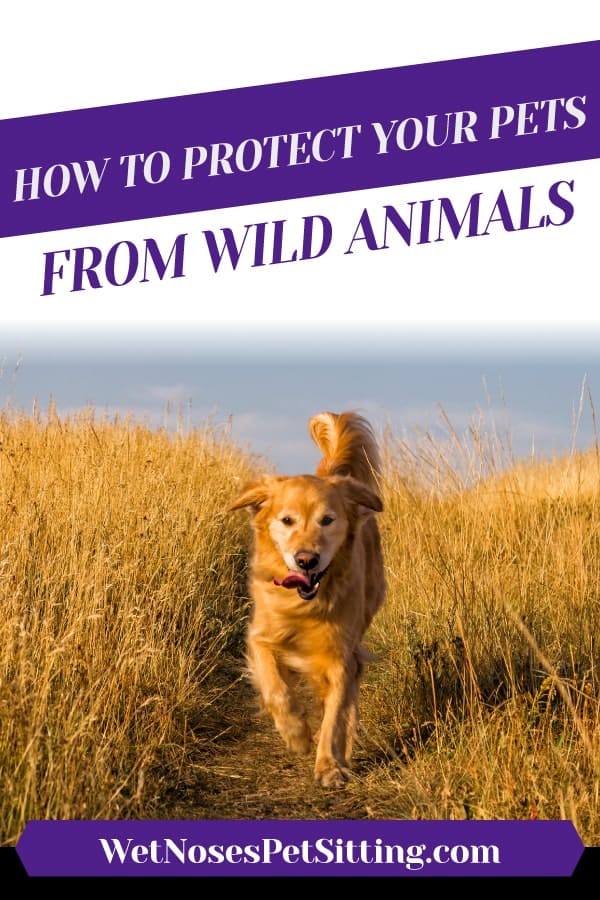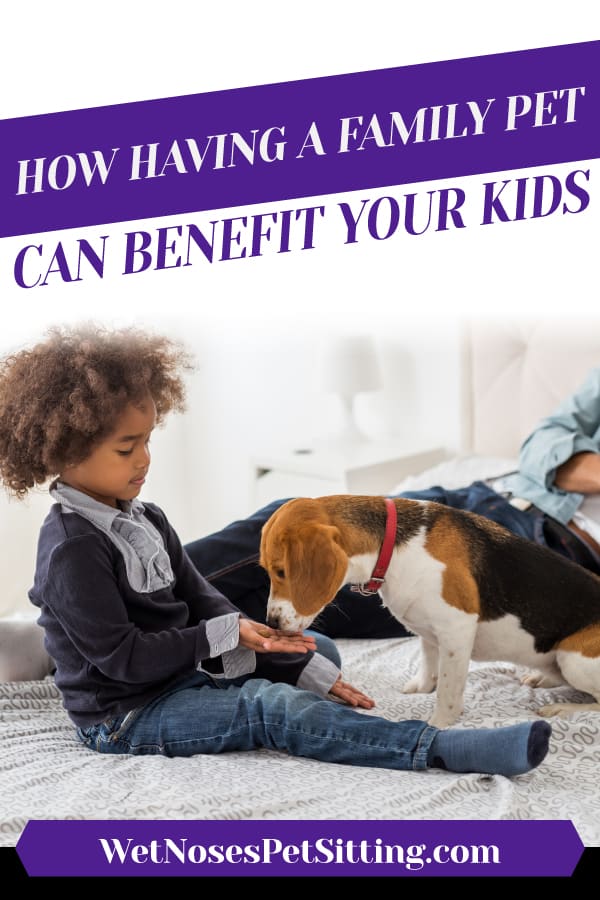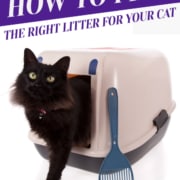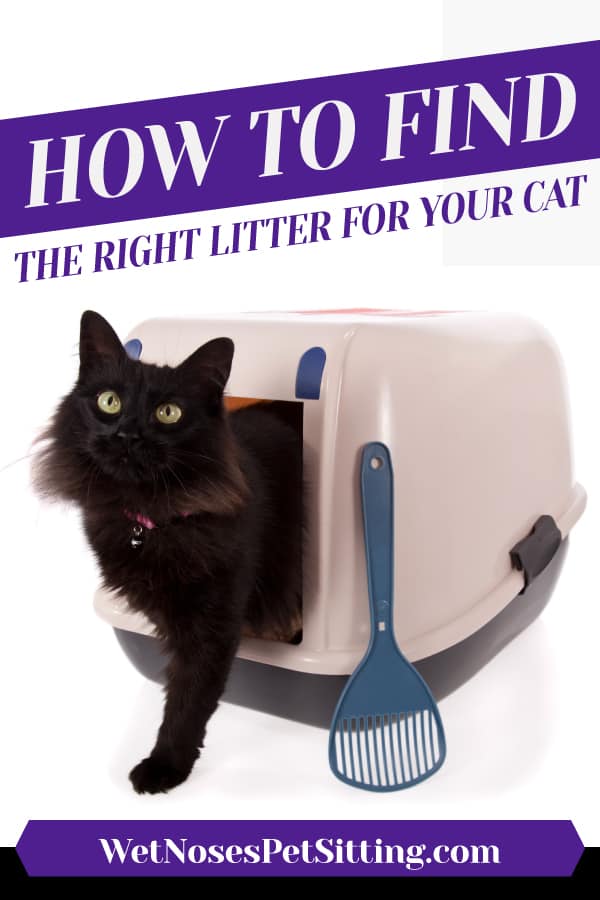How to Get Your Cat to Play
Playing with fido or fluffy is one of the best parts of being a pet parent. There are a million different ways to play. Here are some that we have found most helpful for playing with your cat.
Many people find playing with your cat to a bit more difficult than playing with their dogs. Some cats love to play, others need to be coaxed into it. Play is so important to your cat’s health and your relationship with your cat. It is recommended that you play with you adult cat for at least 15 minutes a day.
Find a toy your cat likes. There are a million cat toys on the market, so there is one that your cat will like (or you can make on, see our article on cat enrichment). As a pet sitter, a toy I find is commonly liked is the feather/ball on a stick toy. These are available all over or can be made at home by tieing a toy or feather onto a piece of string. Many cats also like toys with catnip in them. These can easily be found at the pet store or can be made at home.
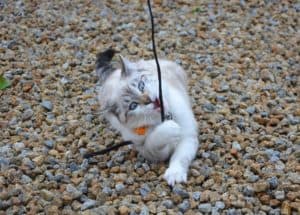
Learn how your cat likes to play. Cats have different play styles. Some like to stalk, some like to bat, others like to chase. Start with a stick toy and wave it in front of him. Start slowly then move the toy around of the floor. Your cat will likely try to bat at it and possibly catch in in his mouth.Ideally your cat will get up and chase the toy. This is the chase play style. If your cat sees the toy and slowly moves toward it before pouncing, this is the stalk play style. Try balls and stick or string toys with chase players. For stalk players use a laser pointer or long string with a toy tied on the end that you move slowly around the room.
Why is play important?
Play has physical and mental benefits for you and your cats. In the United States, it is estimated that 58% of cats are overweight or obese. Playing is a great way to trick your cat into exercising. Using chase toys are a great way to get your cat up and moving. Start with short, slow play sessions then build up to longer and higher intensity play sessions. Play also helps mentally stimulate your cat. Many behavioral problems in cats are associated with your kitty being bored or under- stimulated. Playing helps activate your kitty’s brain. Try a catnip filled toy, thrown or hidden around the house to help activate your cat’s mind.
Play is very important for your cat, and one of my favorite parts of being your pet sitter!

